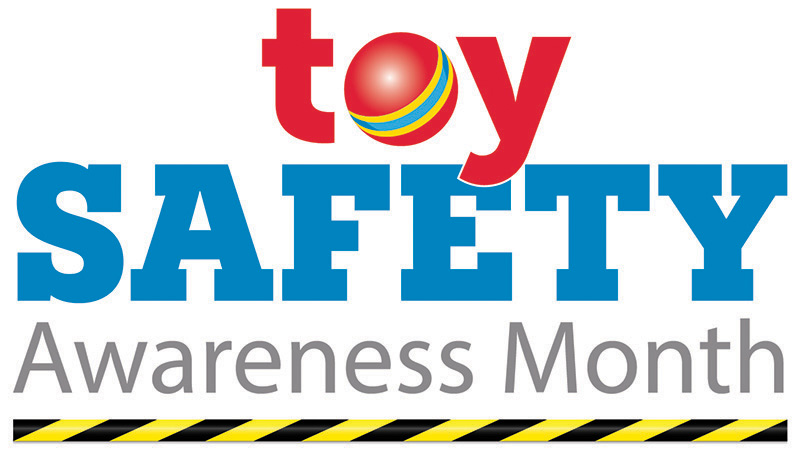Media Coverage Declines Drastically for False NGO “Toy Safety” Lists
 December 6, 2022 | The Toy Association’s second annual “Toy Safety Awareness Month” took place in November at the start of the holiday shopping season, educating millions of parents and caregivers about safe toy shopping on social media and TV while underscoring the toy industry’s deep commitment to designing, producing, and delivering safe toys for children.
December 6, 2022 | The Toy Association’s second annual “Toy Safety Awareness Month” took place in November at the start of the holiday shopping season, educating millions of parents and caregivers about safe toy shopping on social media and TV while underscoring the toy industry’s deep commitment to designing, producing, and delivering safe toys for children.
Toy Safety Awareness Month is one component of the Association’s fourth quarter safety activities, which includes rapid responses to NGO “dangerous toy” lists that are released ahead of Thanksgiving. Some of these lists continue to spread misinformation about toy safety and attempt to needlessly frighten parents during what is supposed to be the most joyful time of year.
“We are pleased to report that media coverage continues to drastically decline for the NGO lists that contain multiple falsehoods about the safety of toys and our industry’s enduring commitment to safety,” said Adrienne Appell, executive vice president of marketing communications at The Toy Association. “The Toy Association has been pushing back aggressively on the misinformation contained within the reports over the past several years — and those efforts have clearly paid off as we continue to see the credibility of such ‘dangerous’ toy lists diminish. We are also diligent about continuing the toy safety conversation year-round, not just during the holiday season.”
World Against Toys Causing Harm’s (W.A.T.C.H.) “10 Worst Toys” list was covered in merely a dozen media placements this year versus hundreds of placements in 2021 and more than a thousand placements in 2020. W.A.T.C.H. continues to make irresponsible claims, such as listing a children’s watch as a “worst toy” when, in fact, the product goes above and beyond current safety standards for such products, including meeting the requirements for batteries in toys, which have been in place since the 1990s. The Toy Association was proactive in issuing a statement against W.A.T.C.H.’s report to media outlets – the vast majority of which did not choose to cover the story this year.
For the second year in a row, The Toy Association was invited to participate in U.S. PIRG’s press conference tied to the release of its report.
“While we have not always agreed with PIRG’s annual report, we appreciate that the group has aligned with us on a number of safety-related issues that need to be communicated to parents, from learning how to spot and avoid dangerous counterfeit toys sold online, to selecting age-appropriate toys for children,” Appell said.
U.S. PIRG’s media reach decreased significantly in 2022, earning 94 percent fewer overall media placements covering its “Trouble in Toyland” report compared to 2021. The report also received 93% fewer total broadcast placements compared to last year.
Proactively providing parents, grandparents, and other gift-givers with tips for a safe holiday season were crucial to the success of this year’s Toy Safety Awareness Month. Joan Lawrence, The Toy Association’s “Toy Safety Mom” and senior vice president of standards and regulatory affairs, appeared on segments that aired in Tampa, Phoenix, and the nationally syndicated Rossen Reports to discuss the dangers of counterfeit toys sold online — and how to avoid them.
And while the month has wrapped, the safety conversation will continue throughout December and into the new year. Currently, an influencer campaign is running on Instagram, and PlaySafe.org continues to be promoted as a free resource for families looking for accurate information about safe play.
For more information about The Toy Association’s year-round activities or to get involved in Toy Safety Awareness Month, contact Kristin Morency Goldman.